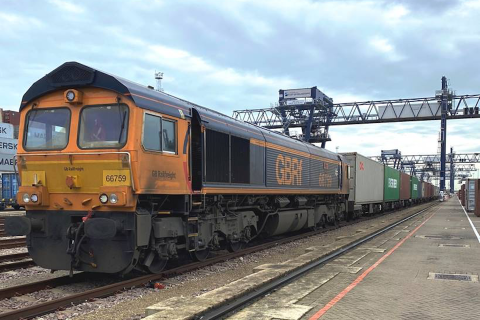Hupac achieves 14,5 per cent growth in traffic volumes

The first half of 2021 is very positive for Hupac. The Swiss-based company achieved a 14,5 per cent increase in traffic volumes compared to the previous year. The company managed to close the corona gap and exceed by 10 per cent the volumes of 2019.
Such a positive development found even the executives of the intermodal company unprepared. “The positive trend is confirmed within all market segments and was consistently above expectations,” underlined Michail Stahlhut, CEO of Hupac Group. Nevertheless, despite the unexpected outcome Hupac and combined transport in general still face some issues.

Capacity restrictions
The explosive logistics demand might be a prerequisite for intermodal and combined transport growth, but so is sufficient capacity. This lack of capacity causes problems to Hupac’s operations both in terminals and rail routes.
For instance, the Rhine-Alpine corridor, Europe’s busiest rail freight route, and Hupac’s network’s backbone still possess problems. The corridor is experiencing long and short-term closures due to construction works. The usual issues include insufficient diversion options, train cancellations and delays, terminal congestions, higher production costs, and a shift to road transport.
The situation is an inhibitor factor for the further growth of combined transport. As Hupac recognises that, it called for a round table on the stable international bypass routes, including all infrastructure managers of the corridor. Construction works will not stop taking place in the corridor during the coming years. Consequently, such a roundtable is crucial to promote international coordination and not allow “construction sites become a modal shift stopper”, said Hans-Jörg Bertschi, Chairman of Hupac’s Board.
Also read:
- Hupac buys stake in trimodal terminal Wiencont
- Hohenbudberg terminal is Hupac’s new gateway to Poland
You just read one of our premium articles free of charge
Want full access? Take advantage of our exclusive offer





